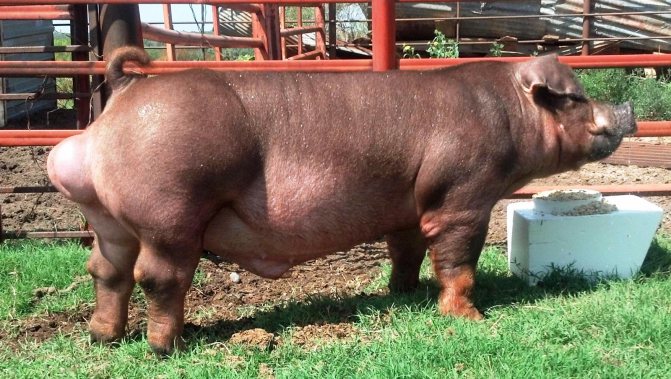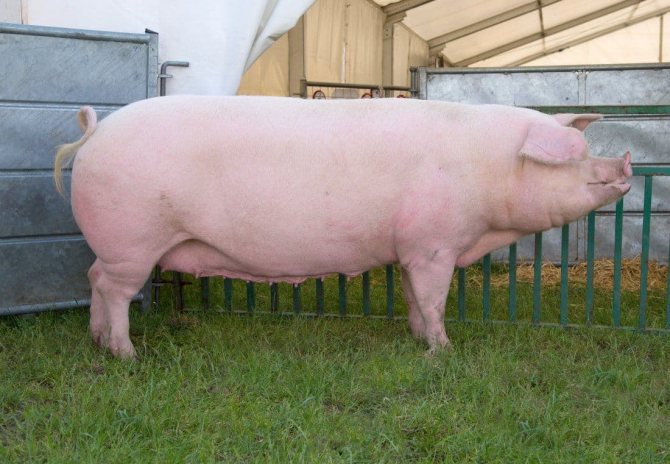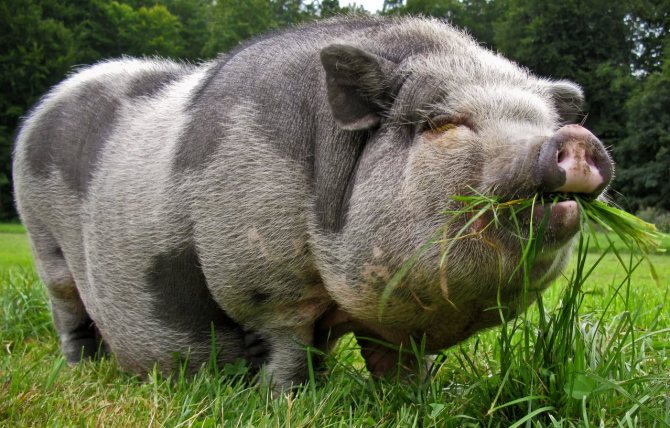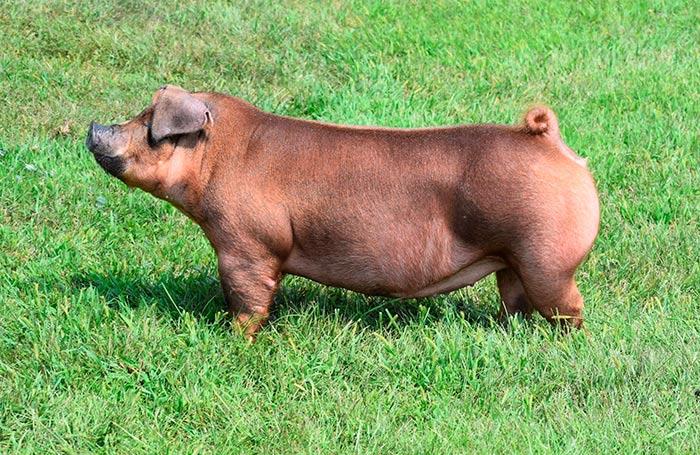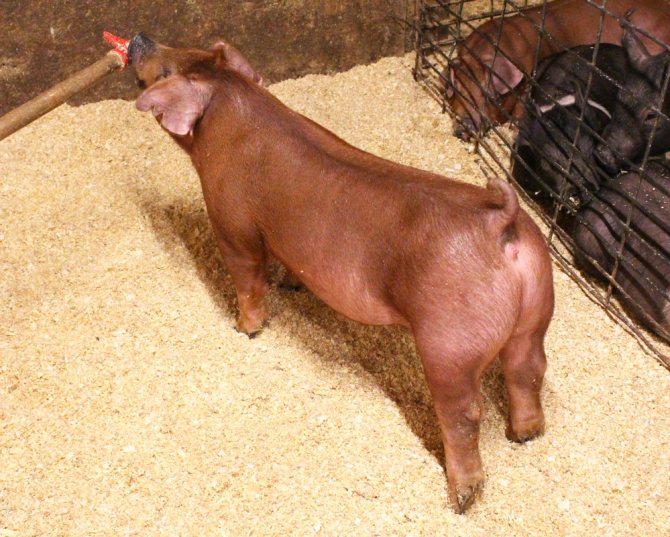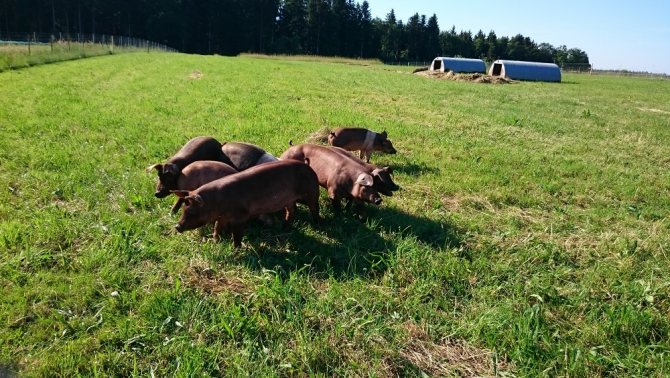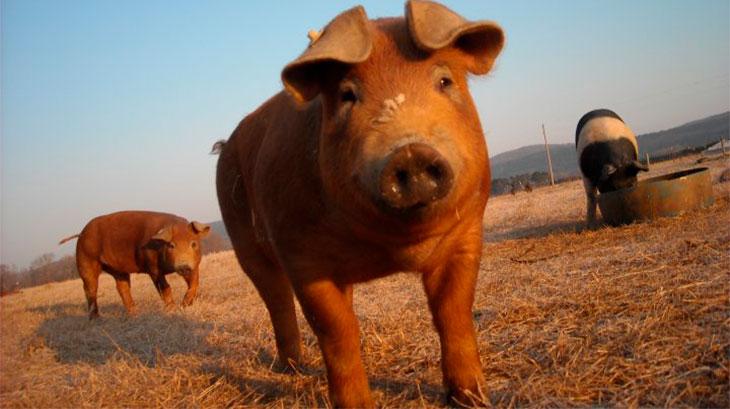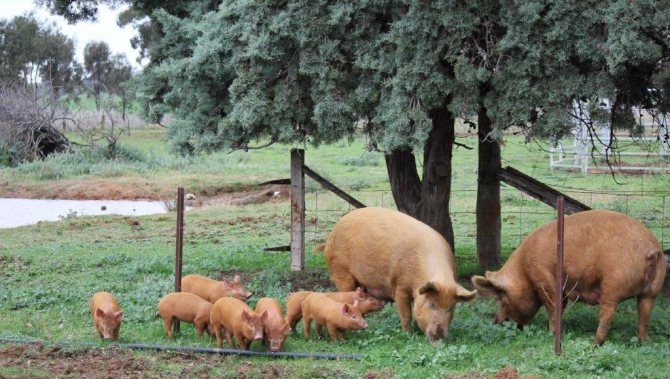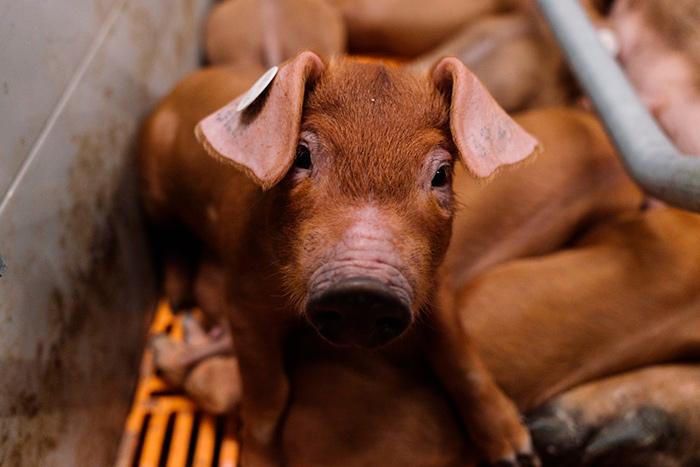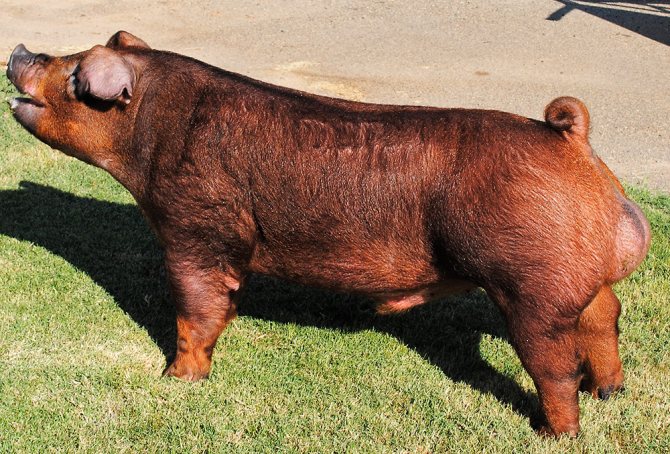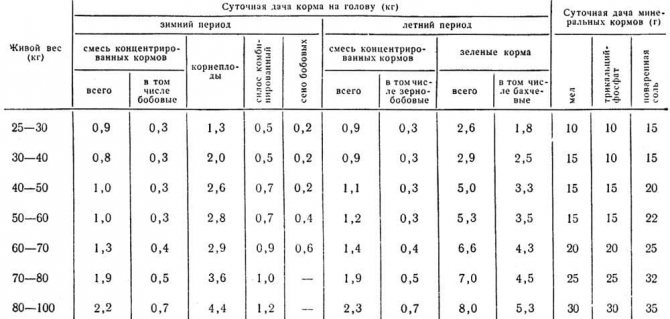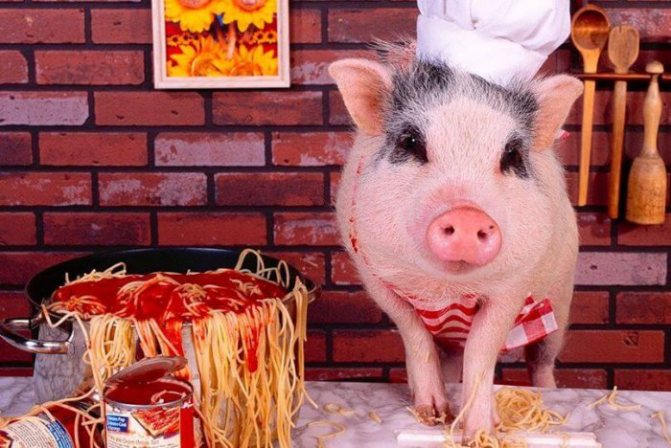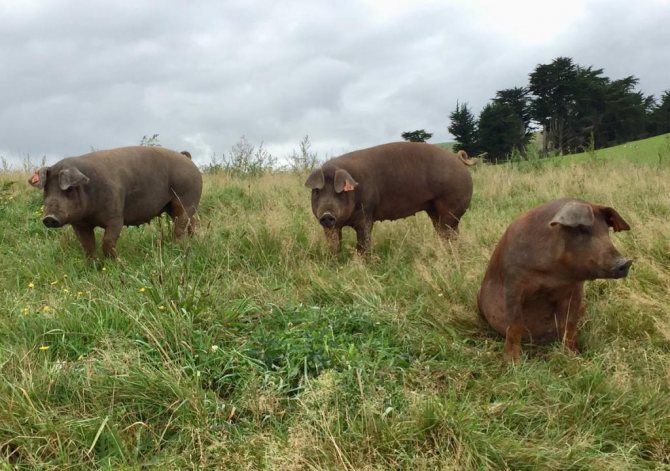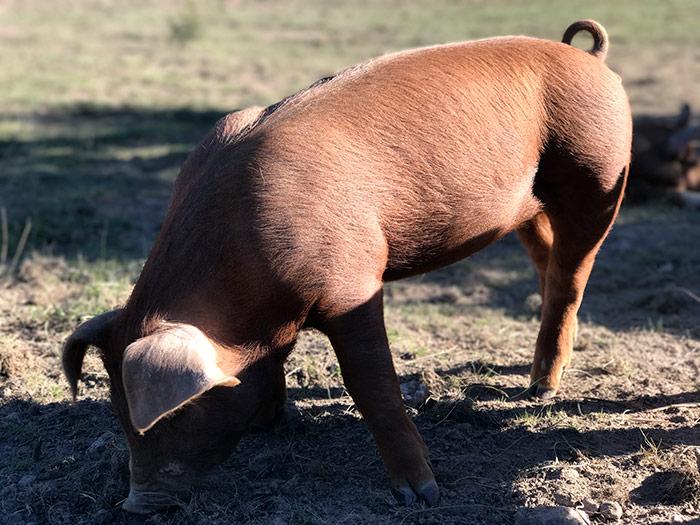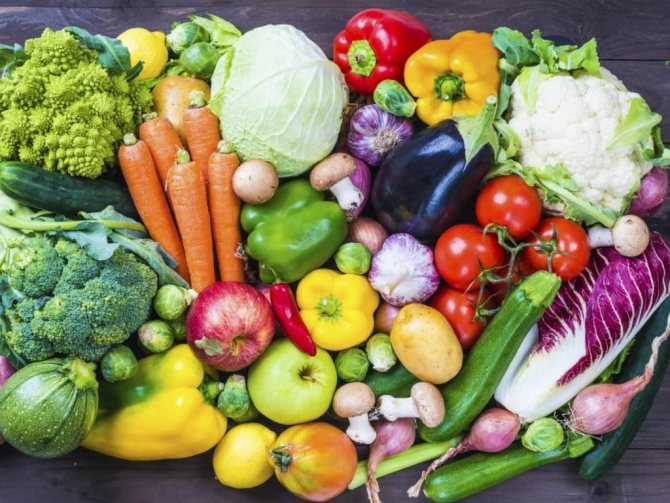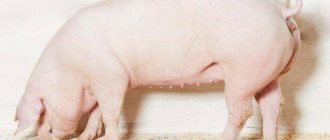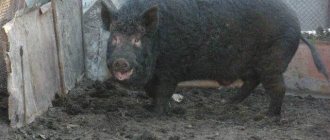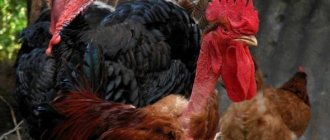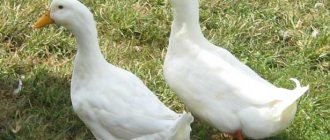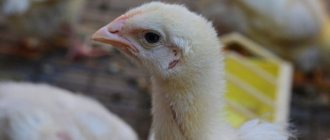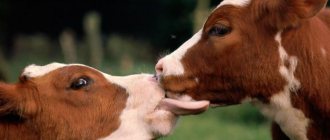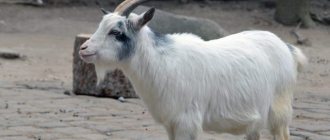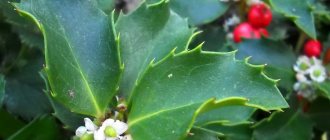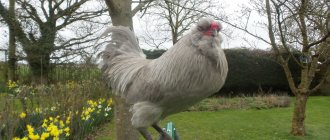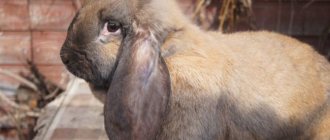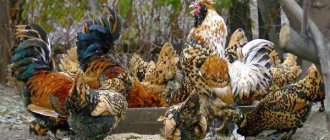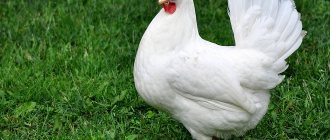Bacon pig breeds are becoming increasingly popular among domestic livestock breeders. This is due to the high quality characteristics and profitability of breeding. At the same time, such pigs differ in departure from the breeds we are accustomed to and require special conditions of detention. In our article we are talking about pigs of the Duroc breed - the brightest representatives of successful breeding.
Among bacon breeds, Duroc stands out for its good indicators of live weight gain, but proper nutrition and conditions for keeping can be ensured only by familiarizing yourself with all the requirements and characteristics of the breed. Our article will help answer most of the questions.
History of the Duroc pig breed
The origin of the breed is in the USA. During the colonial era of the North American continent, migrants from all over the world brought with them many different breeds of farm animals, including pigs. So, at the disposal of American breeders was the richest variety of genetic material.
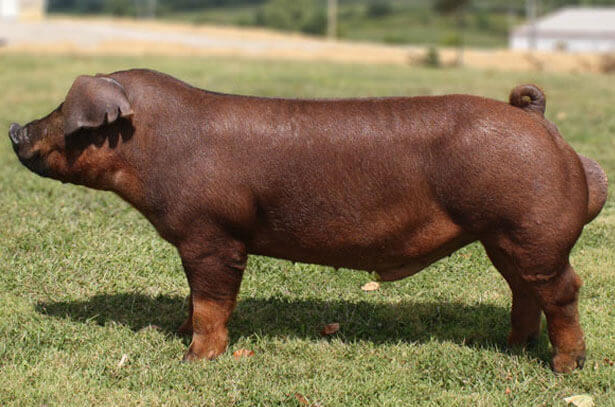
When creating the Duroc breed, mainly red pigs were used, and the guinea pigs brought to the New World from western Africa became the basic parent breed for it. African pigs were rather large, with an unusual reddish color and short bristles.
To improve the characteristics of the Guinean pigs, their Pyrenean relatives were also used. In addition, the modern breed of Duroc pigs also carries in its veins the blood of English breeds, first of all, Berkshires, among which individuals with a reddish color are also found.
It should be noted that the selection work and crossing of Guinean pigs with other breeds took place spontaneously, without any centralized control. Thousands of farmers across the country worked to improve the livestock, each of whom acted at his own discretion. This is one of the reasons why today it is impossible to unambiguously establish the author, the time and place where the Dyurki breed of pigs appeared. In fact, this is the result of teamwork.
Since a long and varied selection was carried out by many farmers, the breed was not initially as monotypic as it usually is. Pigs were bred that had a generally similar appearance and characteristics, but due to inconsistency in breeding work, two main breed branches were traced.
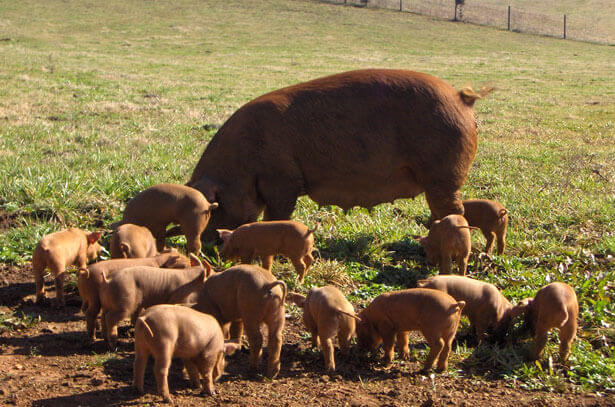

The first group included pigs, which are most common in the state of New Jersey. In honor of this region, the breed began to be called jersey. They were large, late-ripening pigs with coarse bones and rather stiff bristles. Characteristic features of the breed were wide ears hanging over the head and a weakly pronounced ridge running along the spine.
Another breeding branch of pigs is most widespread in the state of New York. These pigs were noticeably smaller in size than the Jersey, had a more refined physique, but were early maturing and gave a high meat yield. Pigs of this type were called dyurk pigs.
Over time, the farmers decided to cross both branches and breed a single purebred pig. The resulting hybrid was officially registered in 1883, and the name was chosen "Duroc-Jersey breed".Thus, it reflected the equal contribution of farmers and breeders in both states.
The resulting crossbreeding pigs had a pronounced greasy direction. But gradually breeders, who continued to improve the characteristics of the breed, increased their meat qualities. In addition, over time, the cumbersome and inconvenient double name was supplanted by a simpler form - duroc.
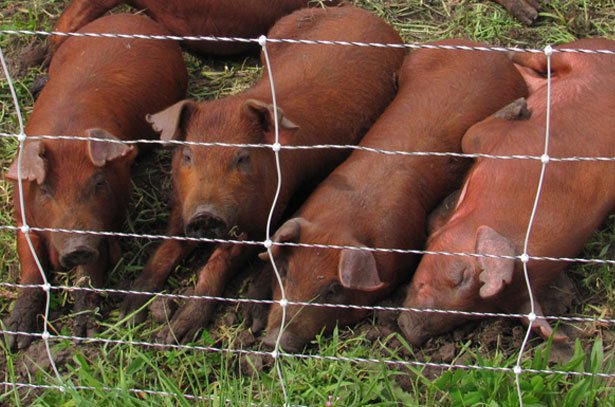

Today it is one of the most demanded breeds, ranking second in the world in terms of the number of livestock. Most actively these animals are bred in the USA, Europe and China.
Breeding
The above productive characteristic of Duroc pigs makes breeding animals at home unprofitable. Small (on average up to 9 heads) farrowing does not justify the year-round keeping of thoroughbred breeding pigs. Although there are no particular difficulties in raising young animals.
Sows are distinguished by a strong maternal instinct, they are very careful about the offspring. The safety of livestock at weaning is up to 93%. From one individual per year, you can get no more than 20 piglets (usually 15-17), compared to other breeds (30 or more) this is not much.
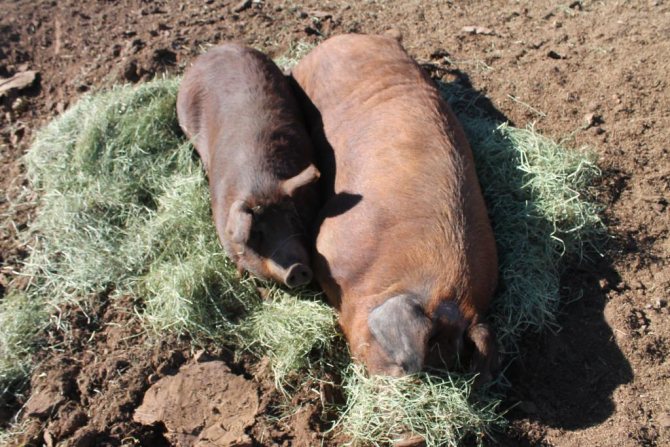

Duroc pigs are ready to mate at the age of 7-8 months. Hunting signs are common for representatives of this species of animals. The pig refuses water and food, its physical activity increases, and redness of the mucous membrane of the genital organs is observed. The duration of the hunt is 48 hours.
Experts do not recommend covering animals on the first day of hunting. The next day, mating is carried out twice with an interval of 12 hours. Ideally, cover with two different boars.
Characteristics of Duroc pigs
Representatives of this breed are easily recognizable by a number of characteristic features in appearance. They have long, drooping ears and an arched back. They are also distinguished by their characteristic red color - all shades between dark red and yellow-golden colors. In this case, there are individuals with tan marks, but in any case there is no admixture of white.
Characterization of the Duroc pig breed would be incomplete without mentioning that they have a strong body constitution and generally large size. Both males and females have almost the same body length: 180-185 cm in males and 5 cm shorter in females. Live weight reaches 3-3.6 centners in adult boars and 2.4-3 centners in females. These pigs have strong legs with massive hams.
The Duroc is not considered a very prolific breed. For one farrowing, a sow brings on average about 8-9 piglets, which is the lower limit of the norm for domestic pigs. On the other hand, this deficiency is compensated, firstly, by a well-developed maternal instinct, and secondly, by the calm character of the sow. Taken together, this results in calm, caring sows that take good care of the piglets.
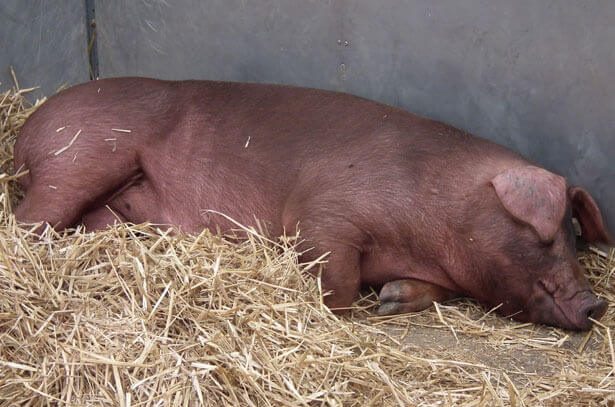

Duroc is a meat breed of pigs, and it belongs to the category of early maturing. This is achieved both due to the large mass of newborn piglets (1.1-1.6 kg), and due to the high average daily weight gain (750-950 g). By two months, the total mass of the nest can reach 190 kg. For fattening, piglets confidently reach a centner of live weight in just six months. With a balanced diet, feed costs per 1 kg of weight gain are only about 3750 g of feed.
The meat yield, depending on the diet, is 60-70%. In addition, about 10-15% is fat, the thickness of which above the spine can reach 1.8 cm.
Spread
The distribution of the Duroc pig breed throughout the North American continent is due to settlers. The "finishing" of the breed continued in many states: Iowa, Illinois, Indiana, Kentucky, Ohio, Nebraska.For their large size, endurance, adaptability to keeping in the pasture, the ability to improve other breeds and high-quality meat, animals are widespread throughout the world.
The Duroc meat breed of pigs is popular not only in the USA, it is bred in China and in many European countries. The Middle East, due to tradition, does not develop pig breeding. Animals came to the territory of the USSR in the 70s of the last century. They were mainly used to improve local livestock. Boars with increased meat inheritance (terminal) served as the basis for breeding new meat crosses.
Currently, the Ukrainian type of Durok is being bred in Ukraine based on the genotypes of Czech, English and American selection. There are about 5,000 individuals, of which 360 are sows. Duroc boars of Ukrainian selection gain weight up to 325 kg, sows - up to 260 kg.
Purchase and maintenance of Duroc pigs
Although this breed is the second most numerous on the planet, it is not so easy to acquire purebred Duroc pigs in our country. In Russia, farmers and livestock complexes prefer to breed pigs of this breed with others in order to increase the average litter, which is small in Duroc. Thus, buying animals "off hand" without accompanying documents, you can easily run into a cross that looks like Duroc pigs, but does not at all correspond to their original characteristics.
If purebred thoroughbred Duroc pigs are needed, it would be wiser and safer to purchase them from a specialized breeding farm. They will not only provide all the accompanying documentation that guarantees the appropriate characteristics of the purchased piglet, but also tell you how to properly organize the keeping of Duroc pigs on the farm.
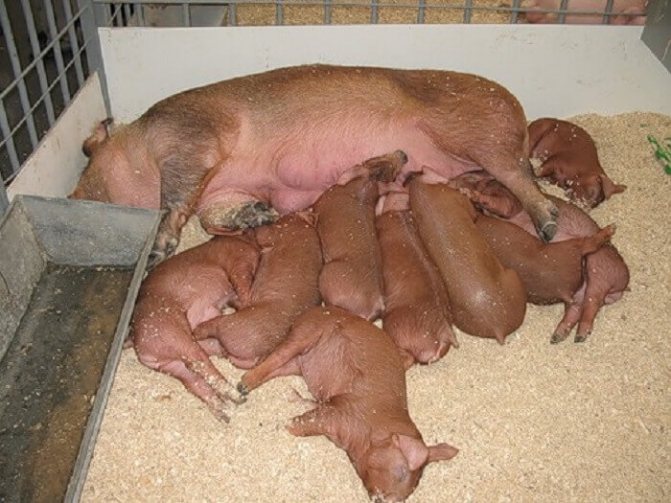

In fact, there is nothing extra-complicated in caring for these pigs. A clean warm pigsty and a spacious walking area are the minimum that animals need. Duroc pigs will benefit from outdoor walks if they are released during the warmer months. Walking improves the well-being of animals, and the ability to move qualitatively improves the characteristics of meat products.
It is recommended to make the walking area directly close to the pigsty, so that the animals, at their own request, can go for a walk and return back to the room. This eliminates the need to build shelters from the sun and rain, or forcibly drive animals back and forth.
As for the pigsty itself, there are no special requirements for it. In general, the same rules apply as for all other pigs - cleanliness, warm walls (so that you do not have to additionally heat), high-quality ventilation, lighting, sufficient free space.
Where can one buy?
It is most correct to buy Duroc pigs in specialized breeding farms. It is difficult to find purebred individuals in small private farms - it is unprofitable to raise young animals for a tribe. A transfer that looks like red pigs will not have the characteristics of a purebred animal.
Geographically, the breeding of Durok in Russia is limited. More pedigree animals can be found in Ukraine or Belarus. The price for a two-month-old baby for fattening is about $ 20 (1,150 rubles), a piglet for breeding will "pull" a large amount - $ 200 (11,500 rubles). Experienced pig breeders recommend taking animals for fattening - the investment will definitely pay off and make a profit.
Features of feeding Duroc pigs
The most important thing to know about caring for Duroc pigs is the feeding rules. The breed is considered early maturing, as piglets gain a hundredweight in just 180 days.However, this figure becomes achievable only when the pigs are fed a high protein diet.
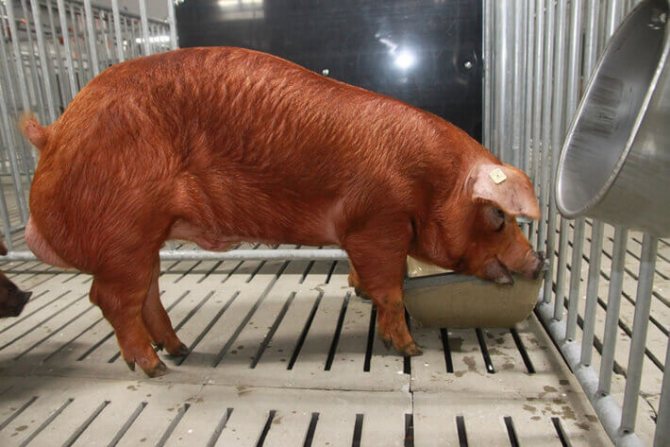

The optimal feed for this breed is considered to be potatoes, legumes, silage and various waste products from the food industry, such as meal. It is also highly desirable to include dairy products in the diet, including milk, beets, and bone and fish meal. Diet in winter - three times a day, in summer - two times a day.
Experts warn against abuse of grain crops when fattening piglets of the Duroc breed. A diet consisting largely of oats, barley, or corn will cause obesity, increased fat percentage in carcass weight, and decreased quality of leftover meat.
Neutral reviews
I got the Duroc breed almost by accident, one might say "by pull." Quite good pigs, in my opinion, are not so capricious already. The unusual color and rapid growth justify the cost, as does the quality of the meat. I will continue to study, especially since there is the possibility of buying hybrids that are more adapted to our winters.
Pigs of the "Duroc" breed are noticeably different in their departure from the usual pigs. For me, the big minus is that they need constant warmth. Also, they are very expensive, large financial costs are required. The plus is that they grow quickly and their meat is more valuable than ordinary pigs. But I did not cope with them, apparently for this you need to have a lot of financial wealth in order to provide them.
Good pigs. Even in winter they do not freeze, they walk a lot and gain weight very quickly. The offspring are only small. If an ordinary pig can give 30 piglets a year, then these are 15-20 maximum.
Duroc. The breed is of American origin. Animals are well fed, but very demanding on protein nutrition. The breed is distinguished by its high meat qualities.
The animals are usually large in size, with well-executed hams. Pigs of the Durok breed of reddish color, the shades of which range from golden yellow to dark red, are often found in cherry-red color. The animals are early maturing, the average daily weight gain during fattening is 860 - 940 g. Adult boars reach a live weight of 350 - 370 kg, queens - 260-320 kg. ... They have a calm disposition, give a large amount of milk and feed the offspring well. Slaughter yield over 86%.
Advantages and disadvantages of the Duroc breed
The very fact that pigs of this breed are in second place in the world in terms of the number of livestock speaks of its advantages. It is not for nothing that these pigs are actively bred all over the planet. However, as follows from the description of the Duroc pig breed, they also have certain drawbacks, because of which, apparently, they will never be able to come out on top.
So, the main advantages of the Duroc breed are:
- High early maturity. Animals reach the commodity mass by the end of the sixth month of life. Most other breeds reach these levels 1-2 months later.
- Fitness for walking. Pigs of this breed do not just like to walk in the fresh air: walks bring a tangible practical effect, qualitatively improving the characteristics of meat.
- High initial quality of meat. According to many, Duroc pork is the best pork because the high fat content in the muscles makes it softer and tastier.
- Balanced character. Duroc is one of the calmest pigs. This character trait greatly simplifies the care of them both in a large livestock complex and on a small farm.
The disadvantages that restrain the growth of the popularity of this breed include:
- Susceptibility to rhinitis. Atrophic rhinitis is a fairly common disease among animals of this breed.For this reason, it is problematic to breed Duroc pigs in the northern regions of Russia, where they would have to be kept indoors all the time.
- Low fertility. One sow produces an average of about 8 piglets, which is less than the simplest outbred pigs.
- Demanding diet. These pigs are not able to show their full potential without the high protein content in their feed.
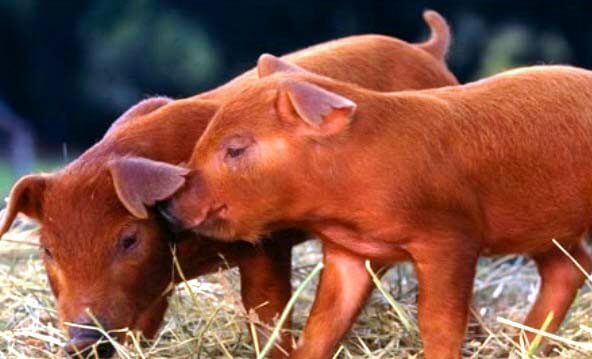

Description
Brief description of Duroc pigs:
- The torso. Medium length, deep and wide. The ribcage and muscular withers are broad. The back has the shape of a smooth arc. The sacrum is strong and well formed. The sides are long, the ribs are well formed. There are 14 nipples on the belly, 7 on each side, the distance between them is large.
- Extremities. Tall, straight and strong. The anterior ones are rather large with well-developed, powerful toes. Hindquarters with firm and flexible hocks. The legs are well executed, well muscled, broad and long.
- Head. Small, slightly concave profile, hairless snout, ears look forward, their tips are lowered.
- Neck. With short hair, long.
- Bristle. Coarse, most of the body is covered with wool, there is no wool below on the legs, snout, ears (sometimes slightly pubescent).
- Suit. The main one is red, there are shades from golden (with yellowness) to dark cherry.
- Character. Calm, not shy, balanced animals, good-naturedly treat relatives and other animals. Not aggressive towards humans. Calmly and quickly adapt to the new conditions of feeding and housing.

